Class 1 Exam > Class 1 Notes > General Knowledge for Young Learners > 50 Amazing Space Facts
50 Amazing Space Facts | General Knowledge for Young Learners - Class 1 PDF Download
50 Incredible Space Facts
Space is a vast and fascinating place, full of wonders and mysteries. Here are 50 incredible facts about space that will amaze you!
- Space is Silent: In the vacuum of space, there is no air or atmosphere for sound waves to travel through, which means space is completely silent. Astronauts communicate using radios because radio waves can travel through the vacuum of space.
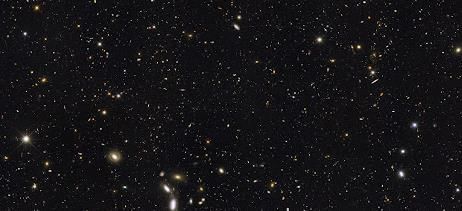
- Venus: The Hottest Planet: Venus, with an average surface temperature of about 450 °C (232 °F), is the hottest planet in our solar system. Despite being farther from the Sun than Mercury, Venus's thick atmosphere traps heat, making it extremely hot.
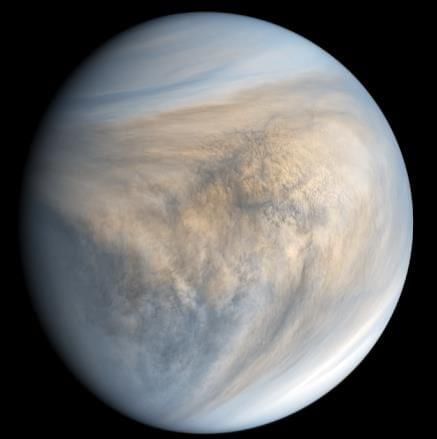
- Potential for Life on Mars: Mars is considered the most likely planet in our solar system to support life, apart from Earth. NASA discovered what they believed to be fossils of microscopic life in a rock from Mars in 1986, sparking interest in the possibility of life on the Red Planet.
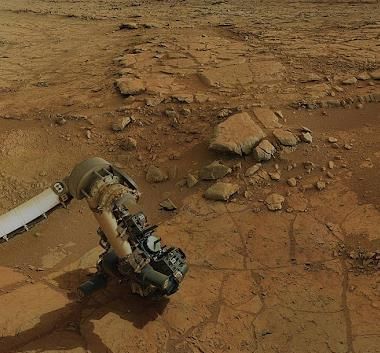
- Counting Stars: The number of stars in space is impossible to determine due to the vastness of the universe. Scientists estimate there are between 200 to 400 billion stars in our galaxy, the Milky Way, and there are billions of galaxies, making the total number of stars uncountable.
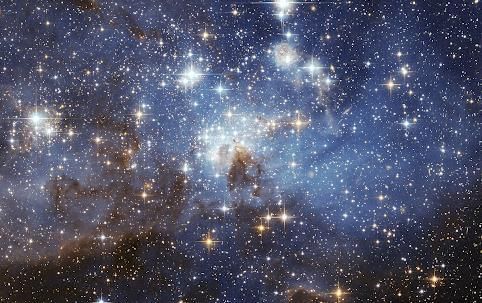
- Halley's Comet: Halley's Comet, discovered in 1705 by Edmond Halley, is visible from Earth only once every 75 to 76 years. It was last seen in 1986 and will not orbit past Earth again until 2061.
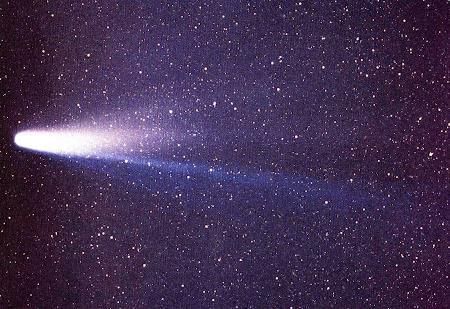
- Cost of a NASA Space Suit:. full NASA space suit costs around $12 million, with 70% of the cost attributed to the backpack and control module. Adjusted for inflation, this would be approximately $150 million today. NASA still uses suits made in 1974, and spacesuit availability was an issue during the first all-female spacewalk in 2019.
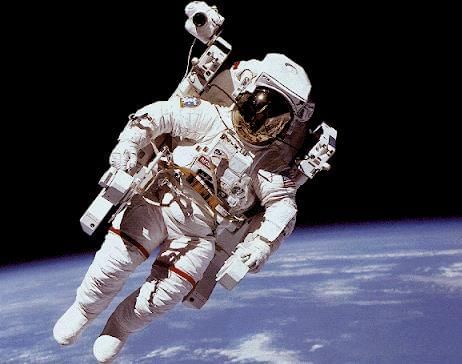
- Neutron Stars: Neutron stars are incredibly dense and small, with a radius of about 10 km (6 miles) but a mass several times that of the Sun. They can spin up to 600 times per second due to their physics after being born from a supernova explosion.
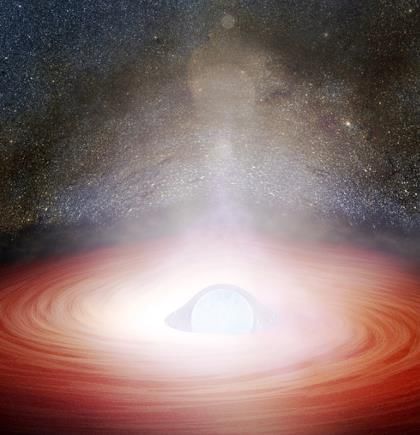
- Planet Made of Diamonds: Scientists from Yale University suggest that a planet called 55 Cancri e, located 40 light-years away in the constellation Cancer, may be made of graphite and diamond. It is twice the size of Earth and has a mass eight times greater.
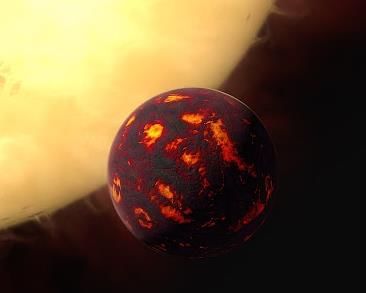
- Moon Footprints: The footprints left by Apollo astronauts on the Moon will remain for 100 million years due to the lack of atmosphere, wind, and water to erode or wash them away. The Moon's surface will preserve these prints along with spacecraft and rover marks.
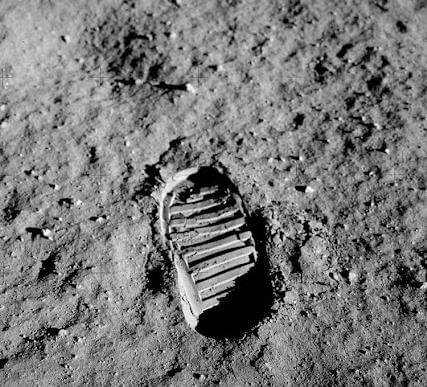
- Venus's Unique Day:. day on Venus, which takes 243 Earth days, is longer than a year on Venus, which is 225 Earth days. This is due to Venus's slow rotation on its axis.
- Collision of Galaxies: In about 3.75 billion years, the Milky Way galaxy, home to our solar system, will collide with the Andromeda galaxy, which is approaching at a speed of 110 kilometers per second (68 miles per second). The collision will result in the formation of a giant elliptical galaxy.
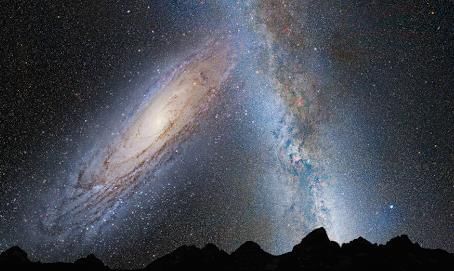
- Cold Welding in Space: When two pieces of the same type of metal touch in space, they can permanently bond through a process called cold welding. This occurs because the atoms of the two pieces have no way of knowing they are separate in the vacuum of space. On Earth, air and water between the pieces prevent this from happening.
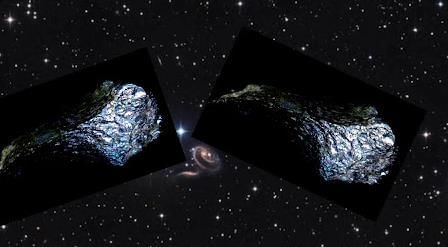
- Floating Water in Space: Astronomers have discovered a massive cloud of water vapor in space, holding 140 trillion times the mass of water in Earth's oceans. This cloud is located around 10 billion light-years away, making it the largest discovery of water ever found in space.
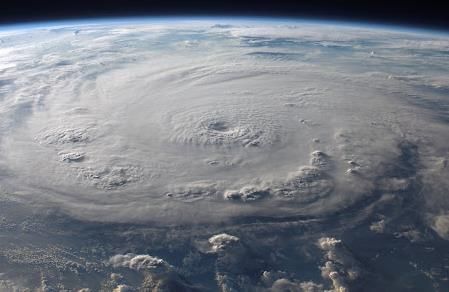
- Largest Asteroid: The largest known asteroid, discovered by Italian astronomer Giuseppe Piazzi in 1801, is the dwarf planet Ceres. It is located in the Asteroid Belt between Mars and Jupiter and accounts for 33% of the belt's total mass. Ceres was the first and largest object to be considered an asteroid.
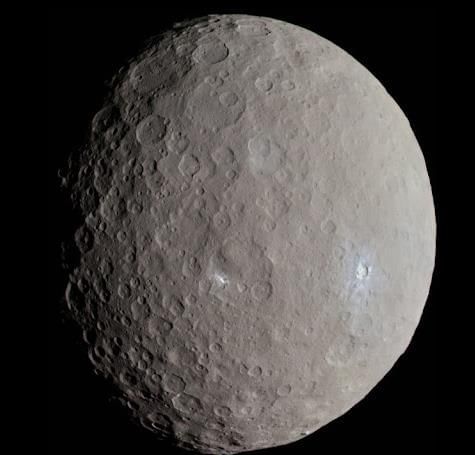
- Moon's Origin: The prevailing theory is that the Moon was once part of the Earth. A giant object is believed to have struck the young Earth, breaking off a piece that became the Moon. This piece was pulled into orbit around Earth by its gravitational force.
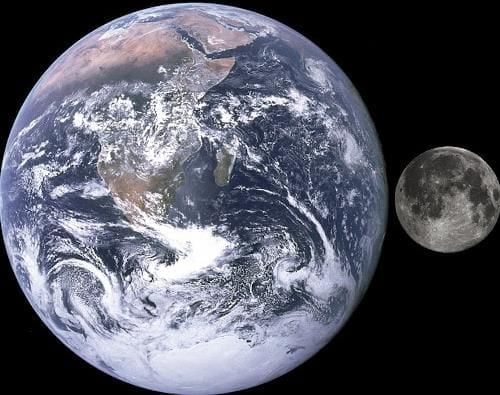
- Sun's Mass: The Sun makes up 99.86% of the solar system's mass, with 75% of it being hydrogen and most of the rest helium. The Sun is 330,000 times as massive as Earth. Jupiter accounts for about two-thirds of the remaining mass.
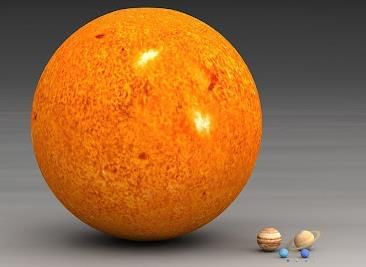
- Olympus Mons: Olympus Mons is a volcano on Mars that is three times the size of Mount Everest. It is 600 km wide and 21 km high, making it the tallest peak on any planet. Scientists believe it may still be active. The central peak of the Rheasilvia asteroid, Vesta, is taller at 22 km.
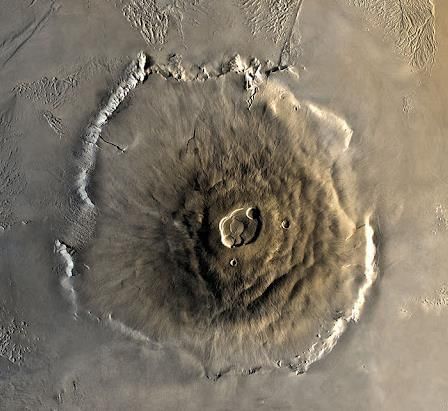
- Mercury and Venus: Mercury and Venus are the only planets in the solar system without moons. Their close proximity to the Sun prevents them from holding onto any natural satellites, as the Sun's stronger gravity would pull any orbiting moons away.
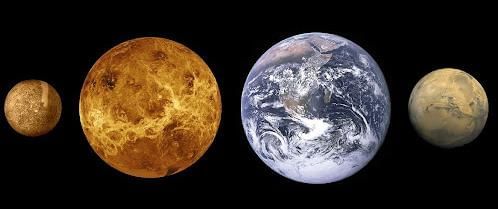
- Saturn's Moons: Saturn has 82 known moons, more than any other planet in the solar system. Its largest moon, Titan, is bigger than the planet Mercury. Saturn also has smaller moons known as "shepherd moons" that help maintain the shape of its rings.
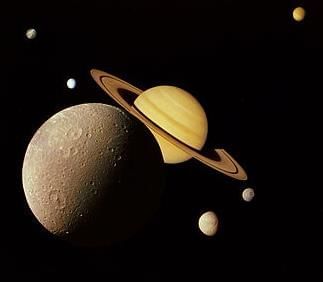
- Jupiter: A Failed Star: Jupiter, the largest planet in the solar system, is composed mainly of hydrogen and helium, the same elements found in the Sun. However, Jupiter is not massive enough to initiate nuclear fusion and become a star. If it were about 80 times larger, it could become a low-mass star. Jupiter is also known for the Great Red Spot, a storm that has been raging for over a century.
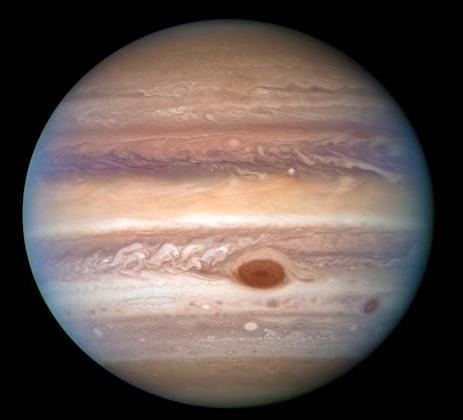
- Uranus's Unique Orbit: Uranus, often called the "sideways planet," has an orbit tilted by about 98 degrees, making it appear as if it is spinning on its side. This unique tilt gives Uranus its distinctive appearance among the planets in our solar system.
- Pluto's Classification: Pluto is now classified as a dwarf planet rather than a full-fledged planet. This change was made by the International Astronomical Union due to the discovery of many planet-like objects, leading to the creation of the dwarf planet category. Dwarf planets are similar to Pluto but do not dominate their orbital neighborhood.
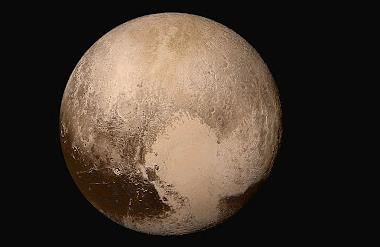
- Double Dwarf Planet System: Pluto and its largest moon, Charon, could be considered a double dwarf planet system because Charon is about half the size of Pluto. This makes Charon the largest moon relative to its parent body in the solar system. Pluto and Charon are also mutually tidally locked, meaning the same side of Charon always faces Pluto and vice versa.
- Recognized Dwarf Planets: There are currently five officially recognized dwarf planets in the solar system: Ceres, Pluto, Haumea, Makemake, and Eris. As more objects similar to these are discovered, the number of recognized dwarf planets could increase.
- Earth's Moon: The Fifth Largest: Earth's Moon is the fifth largest moon in the solar system. The largest is Ganymede, a moon of Jupiter, followed by Titan, a moon of Saturn. The third and fourth largest moons are Callisto and Io, both of which orbit Jupiter.
- Enceladus: Saturn's Reflective Moon: Enceladus, a moon of Saturn, is the most reflective body in the solar system due to its icy shell that reflects nearly 100% of the light that reaches it. This makes it a very cold world with temperatures around -201 °C (-330 °F). Enceladus is also believed to have a global ocean beneath its icy surface, and its water jets make it one of the strongest candidates for extraterrestrial life.
- Moons of Uranus: The moons of Uranus are named after characters created by Alexander Pope and William Shakespeare. Uranus has 27 known moons, with some of the most notable being Oberon, Titania, Miranda, Ariel, and Umbriel.
- Stars vs. Grains of Sand: There are more stars in the universe than all the grains of sand on Earth. If all the sand from beaches and deserts were combined, there would still be about 10 times more stars. It is estimated that there are 70 sextillion stars, which is 70 followed by 22 zeros, or 70,000,000,000,000,000,000,000 stars.

- Sun's Future: In about 5 billion years, the Sun will expand and engulf the Earth as it transitions into a red giant. Currently, the Sun is a main-sequence star generating energy by converting hydrogen into helium. During its red giant phase, the Sun will become larger and brighter, possibly reaching the orbit of Mars. Despite not being a red giant yet, the Sun is already much larger than Earth, capable of fitting about one million Earths inside it.
- Seeing Stars in the Past: When we look at stars in the night sky, we are seeing them as they were in the past because light takes time to travel to Earth. For example, sunlight takes about 8.5 minutes to reach Earth. The star Sirius is approximately 8.6 light-years away, meaning when we see it tonight, we are seeing it as it was 8.6 years ago.
- Supernova Explosions: Massive stars that are more than five times the mass of the Sun end their lives in supernova explosions. These explosions can occur when a star collapses under its own gravity or when a white dwarf in a binary system accumulates enough mass to trigger a collapse. Some supernova explosions leave behind black holes.
- Types of Galaxies: Galaxies are classified into three main types: elliptical, spiral, and irregular, based on their appearance. The Milky Way is an example of a spiral galaxy. Other types include lenticular galaxies and peculiar galaxies with unique shapes.
- Number of Galaxies: There are an estimated 2 trillion galaxies in the observable universe, which is only a portion of the entire universe. The observable universe is the region of space that we can see, and within this region, there are roughly two million million galaxies.
- Central Black Holes: Most galaxies have a central black hole that is about 1/1000th the mass of the galaxy. For example, the central black hole in the Milky Way is 4.6 million times the mass of the Sun. The nature of black holes is still being studied, and their role in galaxies is an area of ongoing research.
- Uncrewed Spacecraft Visits: All planets in the solar system have been visited by uncrewed spacecraft. Venus was the first planet to be visited by a spacecraft in 1962, and probes have landed on its surface. Even the outer planets have been explored by spacecraft like Cassini, which orbited Saturn for 13 years.
- Voyager Missions: Voyager 1 and 2, launched in 1977, have been operating for over 40 years and are still sending data back to Earth. Voyager 1 entered interstellar space in 2012, followed by Voyager 2 in 2018. These missions are the farthest and only spacecraft to have left the heliopause, the boundary of the solar system.
- Oort Cloud: The boundary of the solar system is marked by a hypothetical spherical cloud known as the Oort Cloud. This cloud is believed to be composed of icy bodies and marks the limit of the Sun's gravitational influence. The Oort Cloud is estimated to be between 2,000 to 100,000 astronomical units (AU) from the Sun. Due to its distance, the Oort Cloud is influenced by tidal forces from the Milky Way galaxy and passing stars, but no objects from the Oort Cloud have been observed yet.
- Earth's Day Length: About 1.4 billion years ago, a day on Earth was just 18 hours and 41 minutes long. This change is due to the Moon moving away from Earth at a rate of about 3.78 centimeters (1.48 inches) per year, which affects the Moon's tidal influence and slows down Earth's rotation over time.
- The International Space Station (ISS) is about as wide as a soccer field. The ISS is the largest thing we have flown in space. From end to end, it measures around 109 meters or 356 feet. Traveling at 27,700 km/h, it orbits Earth around every 1.5 hours.
- It is possible to see the International Space Station from your backyard. This is something that requires timing though. The ISS becomes visible from Earth when it reflects sunlight. However, during the day, it can easily get lost in the Sun’s glare. The best time to see it, even with the naked eye, is before sunrise and after sunset.
- Mars has a reddish sky but bluish twilights. Mars is known as the red planet because it is rich in iron. This iron reacts with the elements and rusts, making it red all around. The same fine dust particles scatter light differently when the Sun is close to the horizon.
- Astronauts grow taller in space. Astronauts can grow about 5 centimeters (2 inches) during their stay in space. The reason for this is the lack of gravity which expands the disks of their spines, making them taller. This was proven when astronaut Scott Kelly spent 340 days in space. And when he returned to Earth, he became taller than his twin brother.
- The closest star system to us, Proxima Centauri, is 4.25 light-years away. Proxima Centauri is also called Alpha Centauri C. It is part of the Alpha Centauri triple star system. Alpha Centauri A and B form a binary, slightly farther at 4.35 light-years from Earth. Proxima Centauri is host to several exoplanets, like Proxima Centauri b which may have the potential to host life.
- A rose was brought to space in 1998. The company International Flavors & Fragrances (IFF) wanted to know if bringing a rose into space would yield new scents. The rose was aboard the Discovery space shuttle. When it came back to Earth, it was sampled and used to produce perfume.
- There are more than 4,000 known exoplanets, and counting. “Exoplanets” is short for extrasolar planets. These are planets that are outside the solar system. They come in different sizes and compositions. Extragalactic planets, on the other hand, are planets outside the Milky Way.
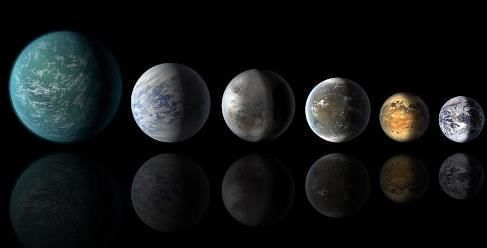
- Other planets, and even a moon, have auroras too. The colorful light shows of auroras happen when solar particles collide with the atmosphere. This event has also been observed on Jupiter, Saturn, Uranus, and Neptune. The largest moon, Ganymede, also has auroral displays.
- Shooting stars are space debris that burn up when they enter Earth’s atmosphere. There are lots of space debris in space called meteoroids. These are usually chunks of comets and asteroids. Sometimes, the Earth passes them in its orbit. These objects burn up in our atmosphere looking like shooting stars.
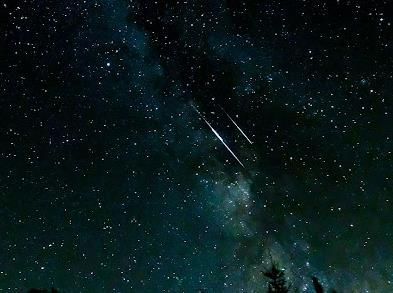
- We often see astronauts in white spacesuits, but there are orange spacesuits too. The color of spacesuits depends on the astronauts’ activity. White suits are for Extravehicular Activity (EVA) when they spacewalk. This color helps reflect the Sun’s heat.
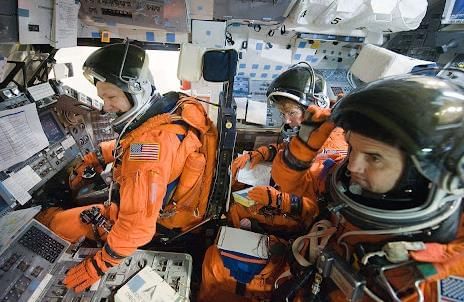
- As of 2021, more than 600 people have been in space. Cosmonaut Yuri Gagarin was the first man in space on April 12, 1961. American astronaut Alan Shepard followed about a month later on May 5, 1961. Space exploration has skyrocketed from there. In the future, with the booming space tourism, more people will have the opportunity to experience space travel.
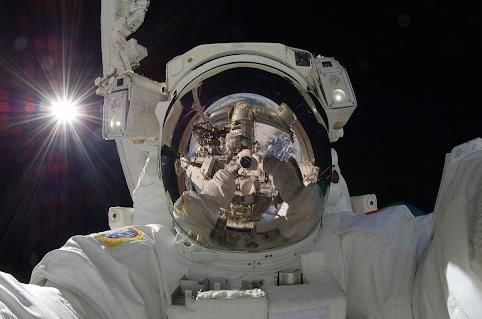
- The outer space is very cold with a temperature of around -454.75 °F (-270.42 °C). Space is indeed a very cold place. This is close to absolute zero or -459.67 °F (-273.15 °C
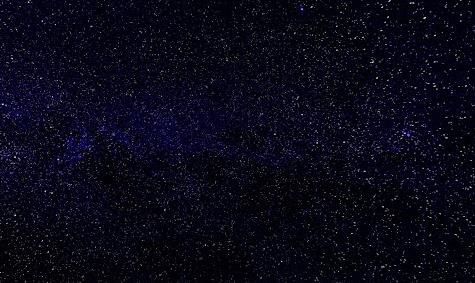
The document 50 Amazing Space Facts | General Knowledge for Young Learners - Class 1 is a part of the Class 1 Course General Knowledge for Young Learners.
All you need of Class 1 at this link: Class 1
|
64 videos|153 docs|40 tests
|
FAQs on 50 Amazing Space Facts - General Knowledge for Young Learners - Class 1
| 1. What are some of the most fascinating facts about space that children can learn? |  |
Ans.Children can learn that space is vast and mostly empty, but it contains billions of stars, planets, and galaxies. For instance, the Milky Way galaxy, where Earth is located, is home to over 100 billion stars. Additionally, the largest volcano in the solar system, Olympus Mons, is on Mars and is about 13.6 miles (22 kilometers) high, which is nearly three times taller than Mount Everest!
| 2. How do astronauts live and work in space? |  |
Ans.Astronauts live in the International Space Station (ISS), where they experience microgravity. They sleep in sleeping quarters, exercise to stay healthy, and eat specially prepared foods. Work includes conducting experiments, maintaining the station, and performing spacewalks, all while floating in a weightless environment.
| 3. What is the importance of space exploration for humanity? |  |
Ans.Space exploration has led to numerous technological advancements that benefit everyday life, such as satellite communications and GPS. It helps us understand our planet and the universe, provides insight into climate change, and inspires future generations to pursue science and technology.
| 4. Are there any famous missions that have contributed significantly to our knowledge of space? |  |
Ans.Yes, several missions have greatly advanced our understanding of space. The Apollo missions successfully landed humans on the Moon, and the Voyager probes have traveled beyond our solar system, sending back valuable data about outer planets and their moons. The Hubble Space Telescope has also provided stunning images and crucial information about distant galaxies.
| 5. What are black holes, and why are they important in the study of the universe? |  |
Ans.Black holes are regions in space where gravity is so strong that nothing, not even light, can escape from them. They are important because studying them helps scientists understand the laws of physics under extreme conditions, including theories about gravity, time, and the nature of the universe itself.
Related Searches
















